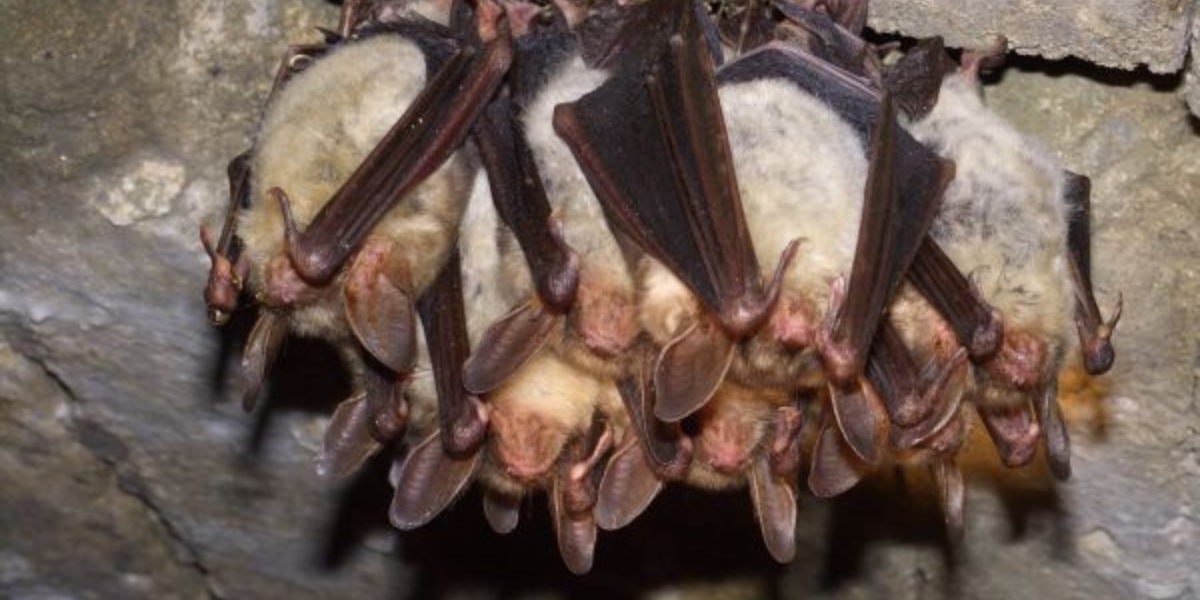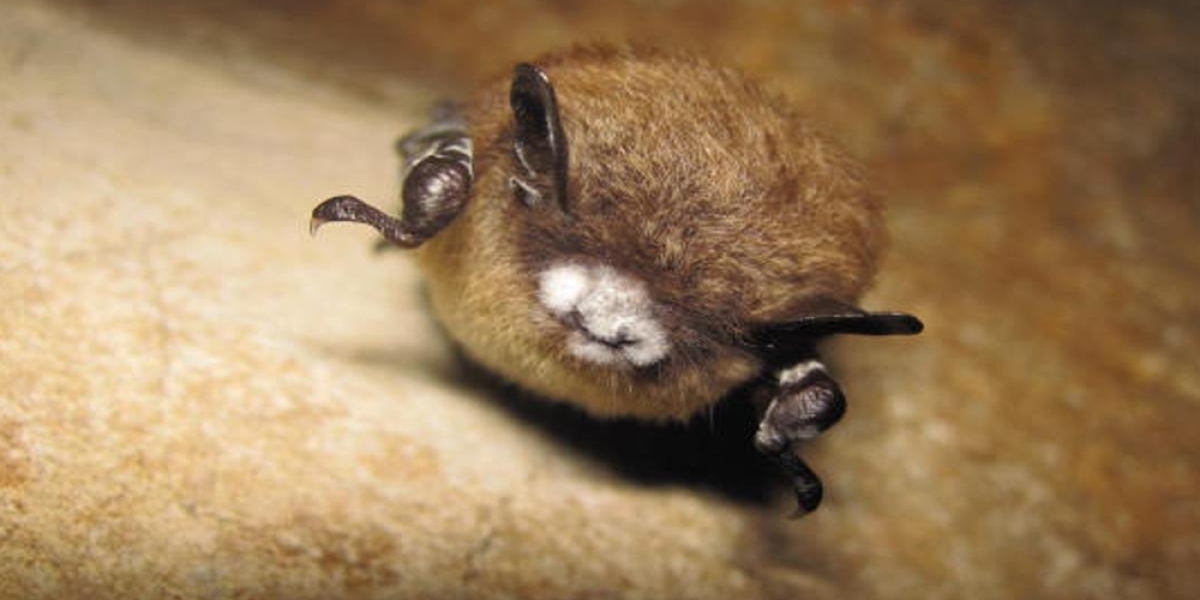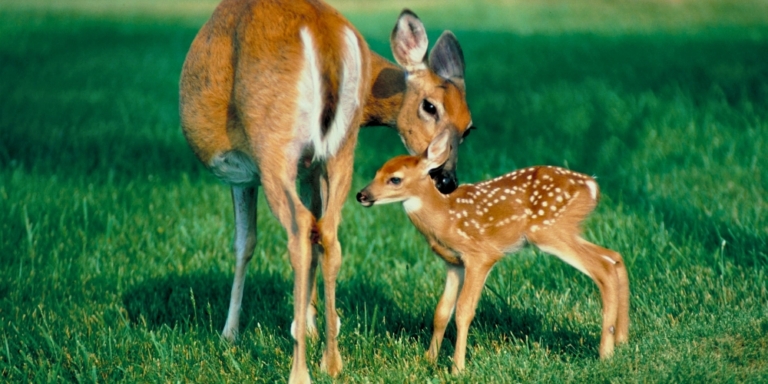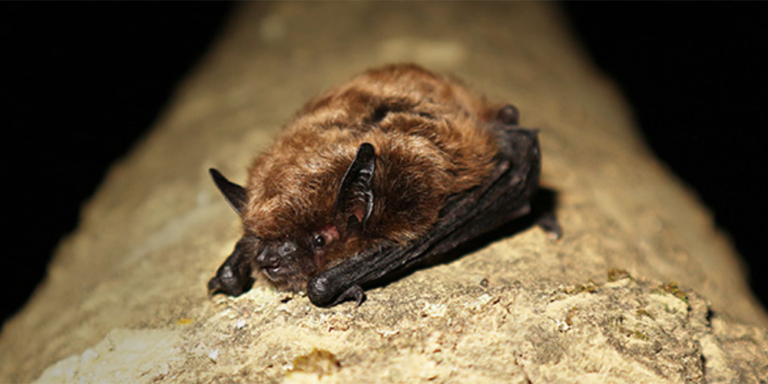Bat poop samples show that some bats in Alberta have tested positive for Pseudogymnoascus destructans. If this sounds scary, that’s because it is, at least for bats.
Pseudogymnoascus destructans is a type of fungus that causes White-Nose Syndrome in bats. The disease eats away at a bat’s skin.
“It eats away at their skin, and they have to come out of hibernation to fight the infection — or it may be irritating, and they can’t hibernate when it’s happening,” said Cory Olson of the Wildlife Conservation Society Canada (WCSC).
When bats hibernate, their immune system goes to sleep too. To fight off a disease like White-Nose Syndrome, bats must come out of hibernation to activate their immune system again.
But there aren’t any insects for bats to feed on during the winter. Because of this, infected bats usually starve to death. Bats also huddle close together when they hibernate, making it easy for the fungus to spread.


The not-so-fun fungus was first discovered in Canada in Ontario and Quebec in 2010. It wasn’t long before it reached Grassland National Park in the south of Saskatchewan in 2021.
White-Nose Syndrome is estimated to have killed more than 5.7 million bats across seven different species. To put things into perspective, the population of some bat species in eastern North America has fallen by more than 90% because of this disease.
To make matters worse, the fungus has been spreading faster than expected. The fungus spreads about 500 kilometres per year, according to Olson. The latest research from the WCSC shows that the fungus has now reached Alberta.
The WCSC collected bat poop samples underneath 800 bridges where bats like to rest. Two samples from the southern Red Deer River tested positive for the fungus.
Bats in Alberta are now at risk of getting White-Nose Syndrome. Two bat species found in Jasper National Park–the brown myotis and northern myotis are vulnerable.
If these species were to get infected, it would be deadly. With White-Nose Syndrome spreading like wildfire, Alberta has labelled these two species as endangered.
While this may not seem important, bats play a huge role in controlling pests. They eat annoying flying insects like mosquitos and crop pests like caterpillars.
Next time you are enjoying a backyard summer barbeque without mosquitos, think of the bat that made that possible. In a way, bats are also saving you tax dollars.
According to Olson, bats provide pest control worth million in Canada.
But like the tried and true Albertans, they are, some of the province’s bats have developed a natural resistance to the fungus. Researchers are also working on an antifungal spray that can be sprayed into bat caves.






